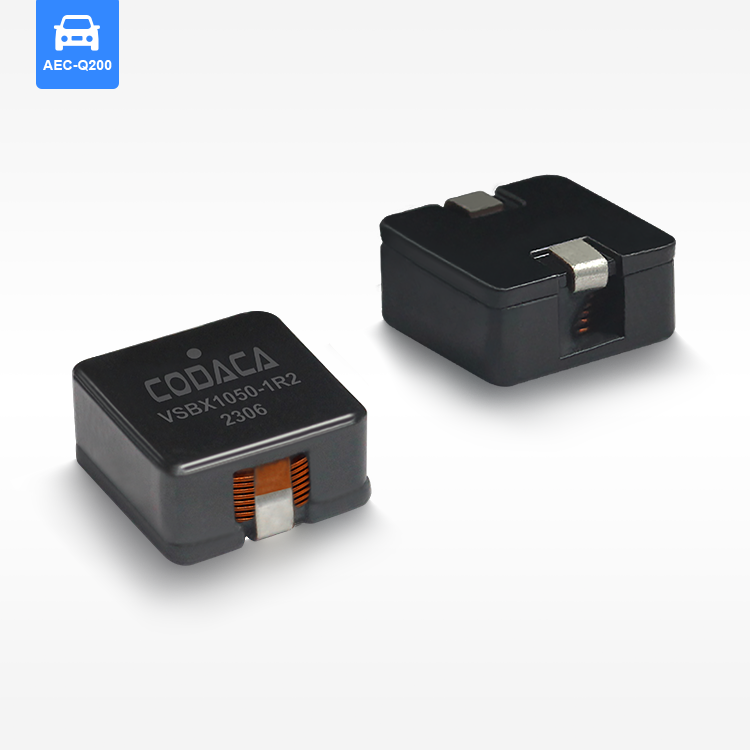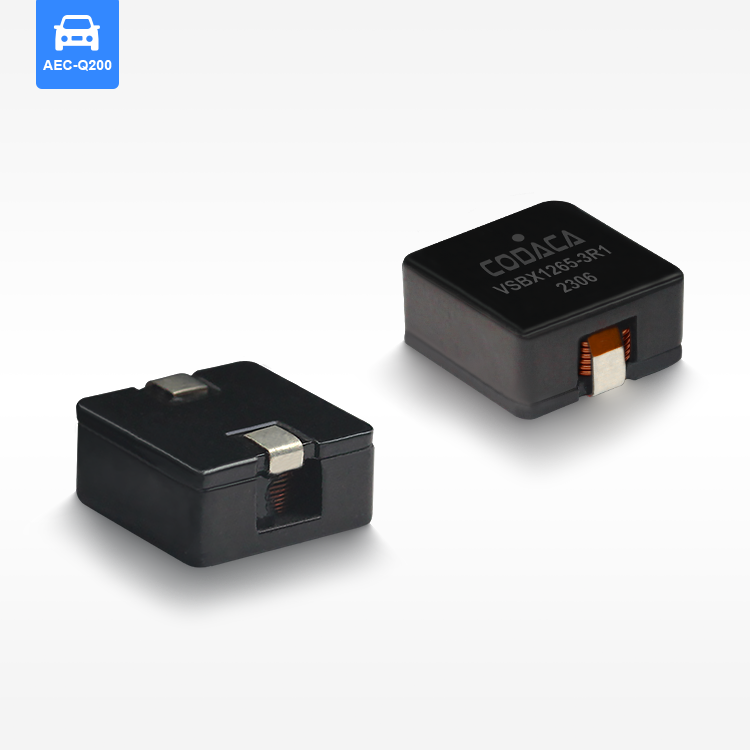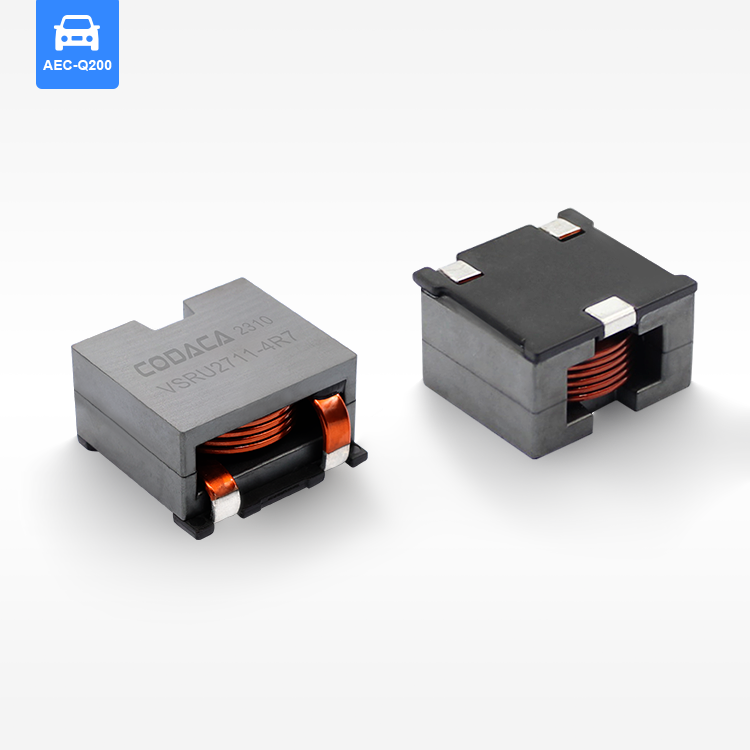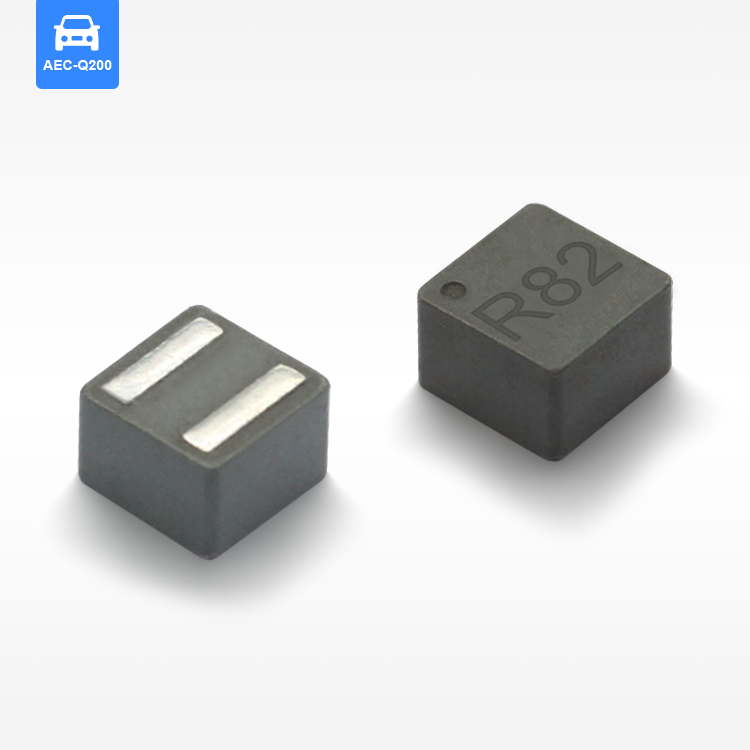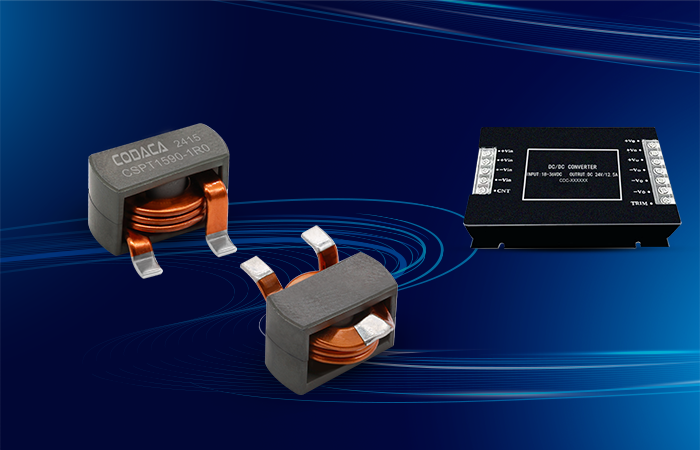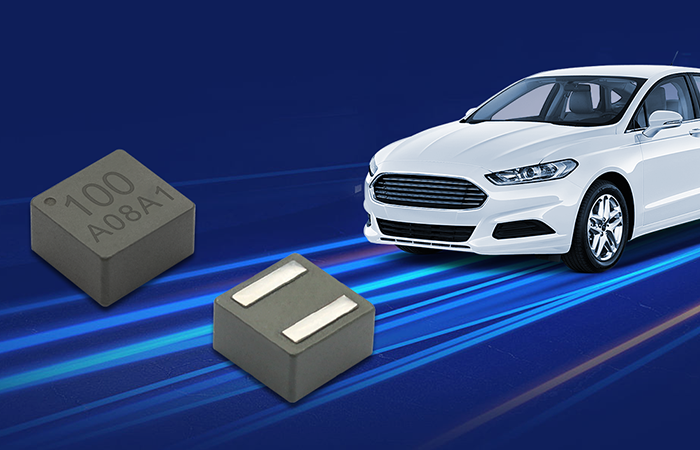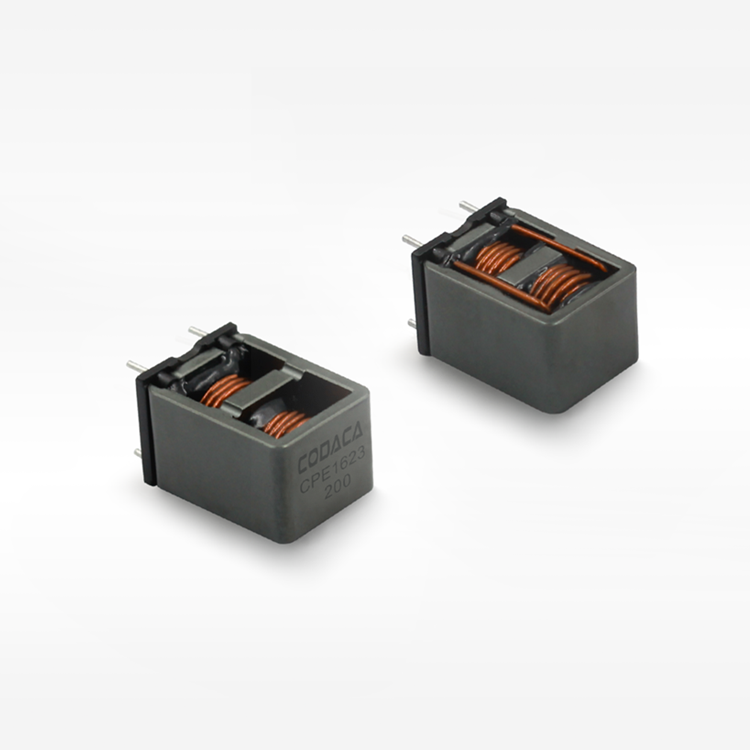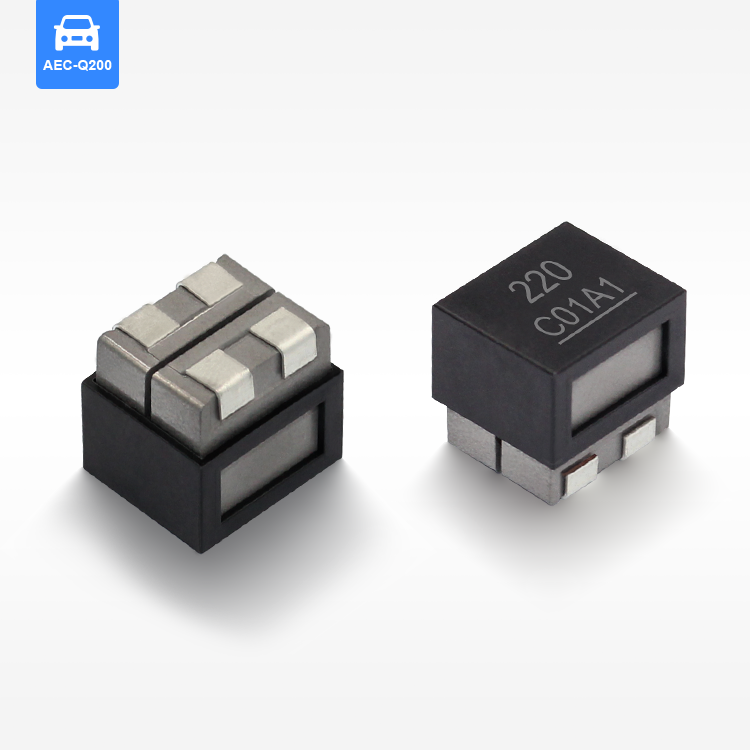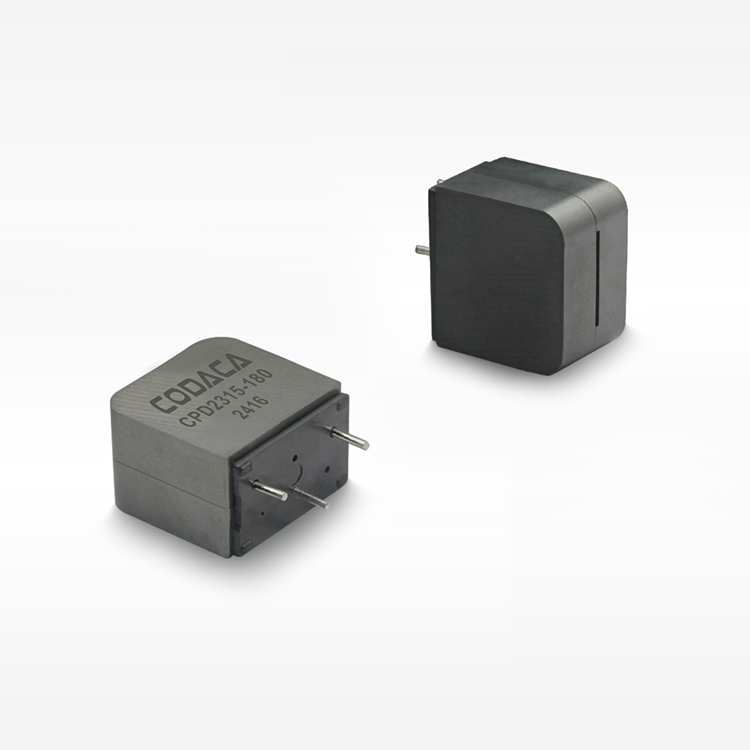inductor for radio transmitters
The inductor is the determining and critical component of the radio transmitter, whose main function is to store energy into a magnetic field and later release it as the situation demands. It is an essential part in tuning the transmitter to operate at exactly its desired frequency, or fending off unwanted signals which would otherwise interfere with each other due to their proximity on different bands. Technologically advanced features of this inductor include high Q-factors, low resistance, and the capability to handle high power levels without generating significant heat. These features make it ideal for application in various radio transmitter systems such as AM or FM broadcast stations, two-way communication devices, and radar systems.

